With the basic petrol station having recently been withdrawn, British drivers were left forlornly looking at their cars - but not one Victor Bruce, who had had his pre-war Opel Kadett converted into an electric car by his company Silent Transport.
The engine, clutch and gearbox were removed and sold to defray the cost of this conversion. Then the propshaft was modified and an electric motor was fitted at its head, wired up to batteries in the nose (along with the control) and tail.A socket was added so these could be refilled in his garage by a charger drawing from the mains.
Range, as indicated by a “most ingenious” dial on the dash, was just 40 miles - but this didn’t fuss Bruce, as he lived most of his life within 20 miles of Cobham, Surrey. “The driver is at first a little disconcerted by the absolute silence and the fact that nothing obvious is working while the car is at a standstill,” our man said.
“The moment the pedal is pushed the car accelerates and soon reaches normal running speed of roughly 30mph. Initially there is a good deal of noise; thereafter it runs quite silently.”
The conversion had cost a hefty £350 (about £9690 today), likely a lot more than the old Kadett itself was worth, but then it cost only a penny per mile (28p now) to fuel.
Petrol becomes the first war-time item to be rationed
The mood among British motorists was miserable as 1948 dawned, because the government had again made driving illegal unless it was for critical work.
Petrol became the first item rationed in the UK when the war broke out in September 1939 and was limited to use for military, agricultural and industrial purposes. As hostilities neared their end in June 1945, a small ‘basic ration’ was introduced, but this was abruptly rescinded in autumn 1947, leading to uproar.
Labelling Labour’s revocation of the basic ration an “arbitrary dictate” that was “socially unjust, economically unsound and politically unwise”, the RAC brought a petition signed by as many as a million motorists to Westminster.
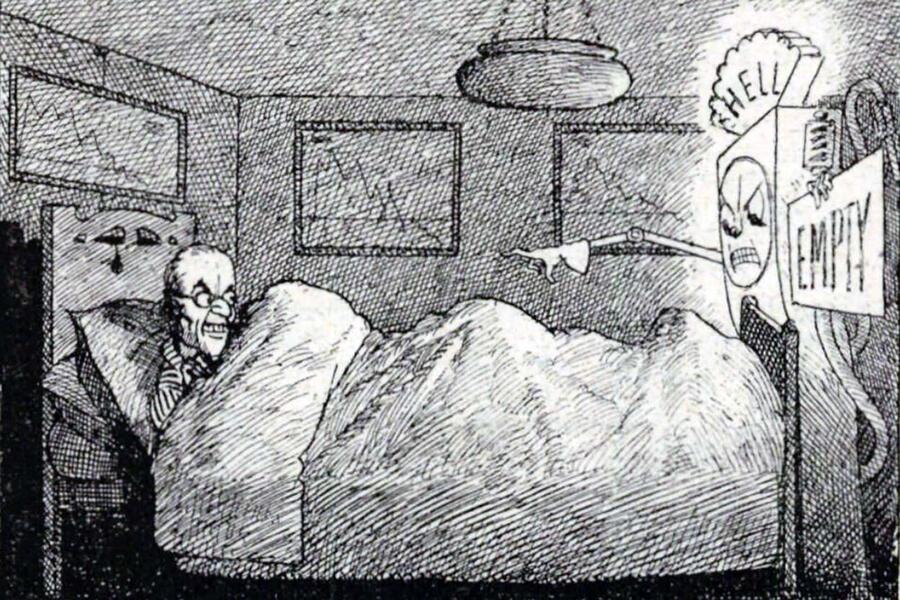

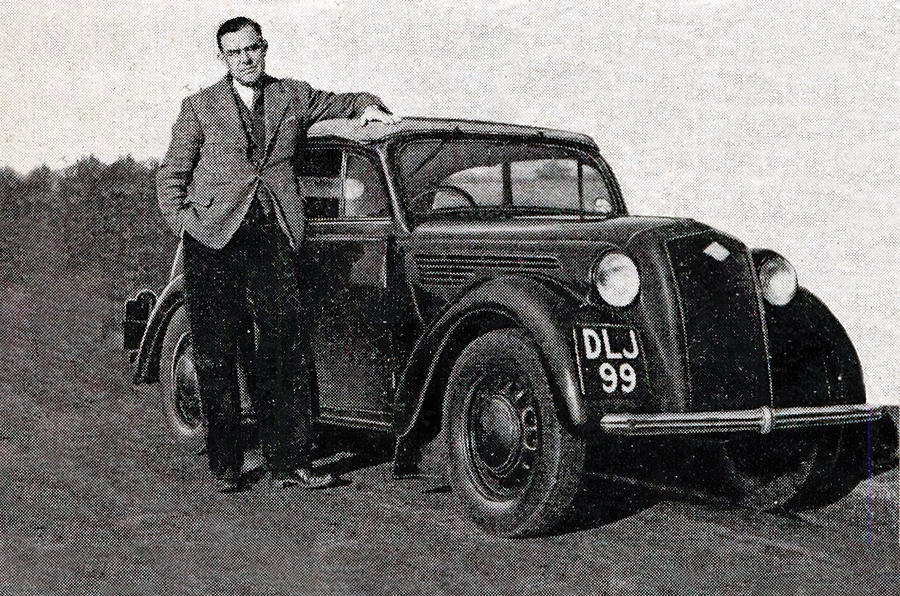




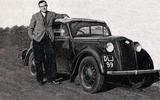





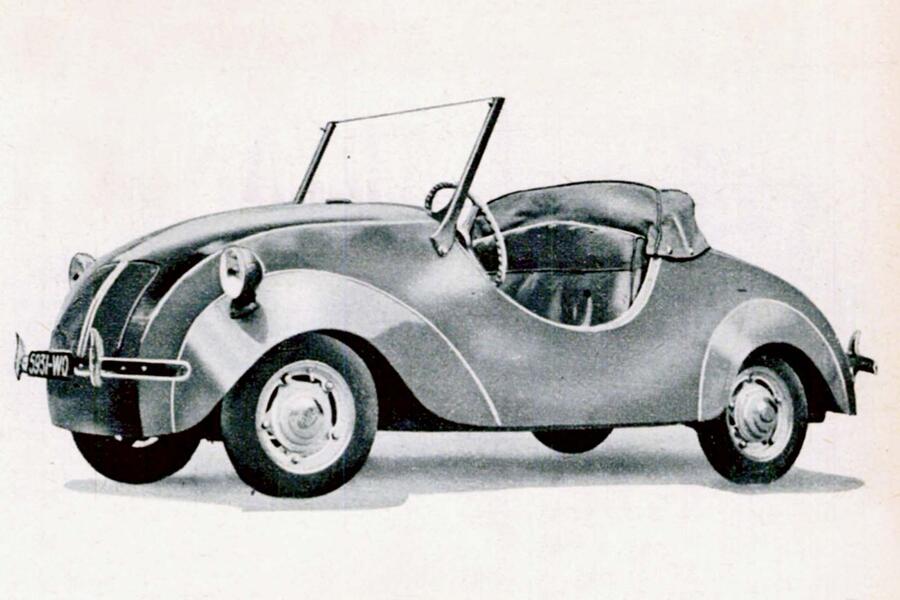
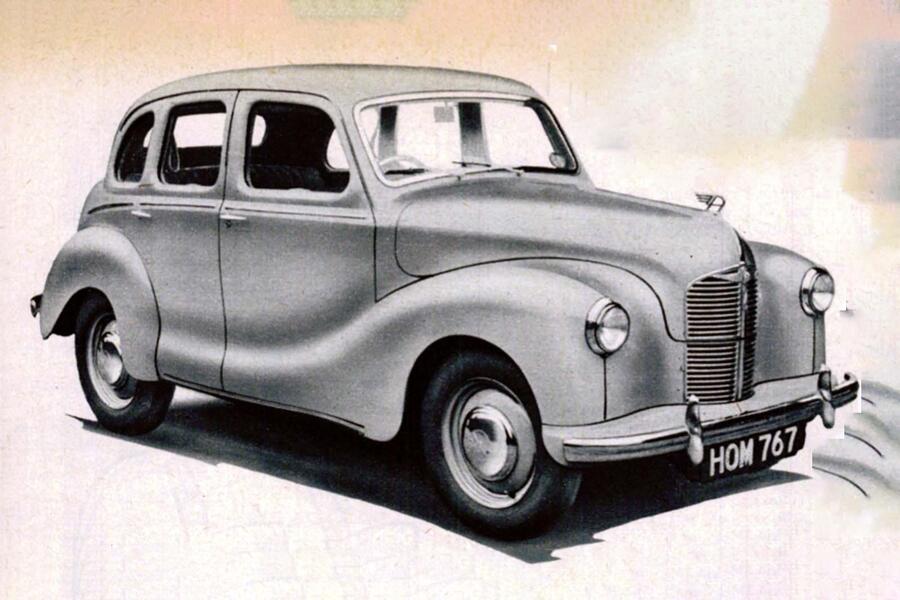


Add your comment